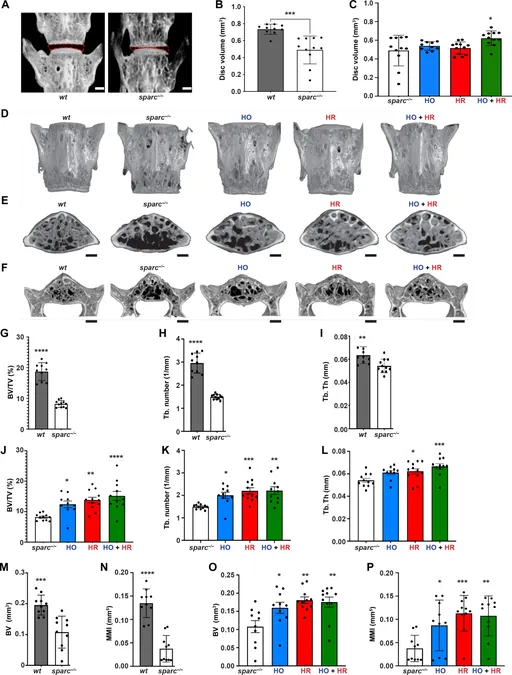
The Hip Dilemma: Study Unraveling the Trade-offs between Wide and Narrow Hips in Women
2025-04-11
Author: Jia
Unpacking the Hip Dilemma: Nature's Trade-offs
A groundbreaking study involving a collaboration between integrative biologists from the University of Texas, Western Washington University, and Columbia University Irving Medical Center dives deep into the evolutionary trade-offs that influence women's hip structures. Published in the journal Science, the research draws on data from a staggering 31,000 individuals in the UK Biobank, examining how hip width affects pregnancy, childbirth, and overall mobility.
The Evolutionary Conundrum: Bigger Heads vs. Narrow Hips
For decades, the obstetrical dilemma has sparked intense debate among evolutionary theorists. As our brains evolved to be larger, the challenge emerged: how do we deliver these bigger-headed babies? Evolutionary adaptations have led to narrower hips as humans began to walk upright, creating a fascinating yet perplexing trade-off.
Pelvic Floor Insights: More than Just Hips
In their investigation, the researchers shed light on the pelvic floor, a crucial set of muscles that supports various organs and is pivotal during childbirth. Issues with this area can lead to serious complications, making the knowledge gained from this study particularly valuable for women and healthcare professionals.
Wider Hips: Advantages and Disadvantages
The findings revealed that wider hips significantly eased the childbirth process for women. However, this benefit comes with its own set of challenges. Women with wider hips are more prone to difficulties in mobility, higher instances of pelvic floor disorders, and an increased risk of hip osteoarthritis.
Narrow Hips: Faster but Riskier
Conversely, women with narrower hips showcased better walking and running capabilities but faced a greater likelihood of birth complications. Moreover, they frequently experienced back pain and had an elevated risk of knee osteoarthritis.
The Takeaway: A Balancing Act
Interestingly, the study found no connection between hip width and the length of pregnancy, though it was noted that women with wider hips generally had infants with larger heads. Intriguingly, most individuals exhibit asymmetry in their pelvic structure, adding another layer of complexity to this evolutionary puzzle.


 Brasil (PT)
Brasil (PT)
 Canada (EN)
Canada (EN)
 Chile (ES)
Chile (ES)
 Česko (CS)
Česko (CS)
 대한민국 (KO)
대한민국 (KO)
 España (ES)
España (ES)
 France (FR)
France (FR)
 Hong Kong (EN)
Hong Kong (EN)
 Italia (IT)
Italia (IT)
 日本 (JA)
日本 (JA)
 Magyarország (HU)
Magyarország (HU)
 Norge (NO)
Norge (NO)
 Polska (PL)
Polska (PL)
 Schweiz (DE)
Schweiz (DE)
 Singapore (EN)
Singapore (EN)
 Sverige (SV)
Sverige (SV)
 Suomi (FI)
Suomi (FI)
 Türkiye (TR)
Türkiye (TR)
 الإمارات العربية المتحدة (AR)
الإمارات العربية المتحدة (AR)